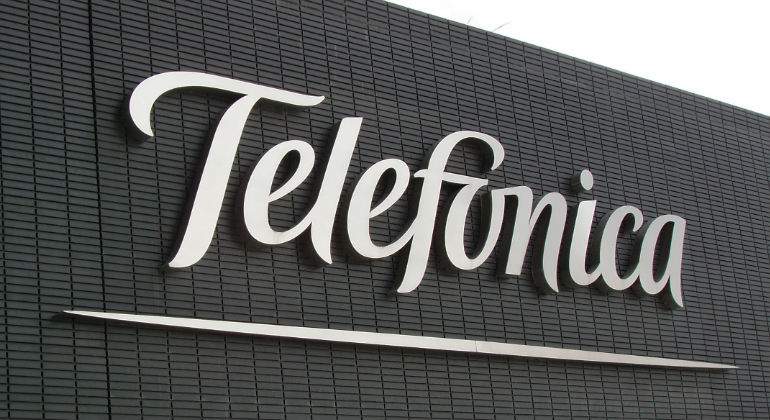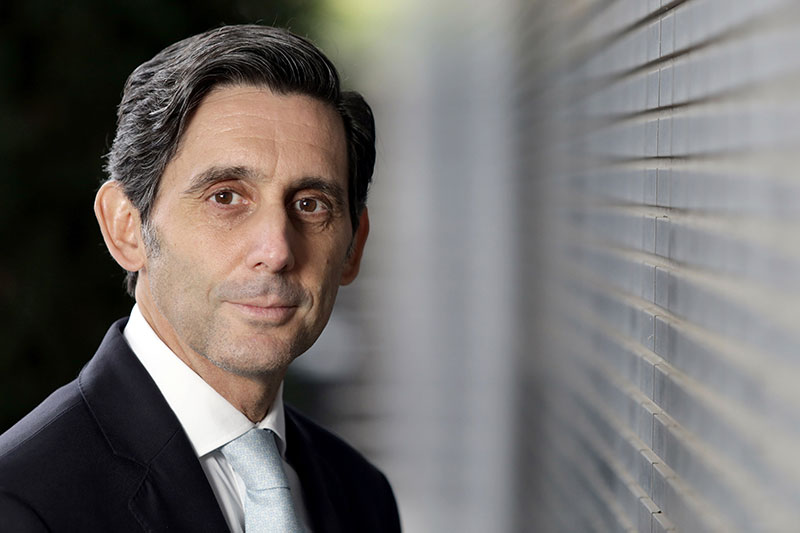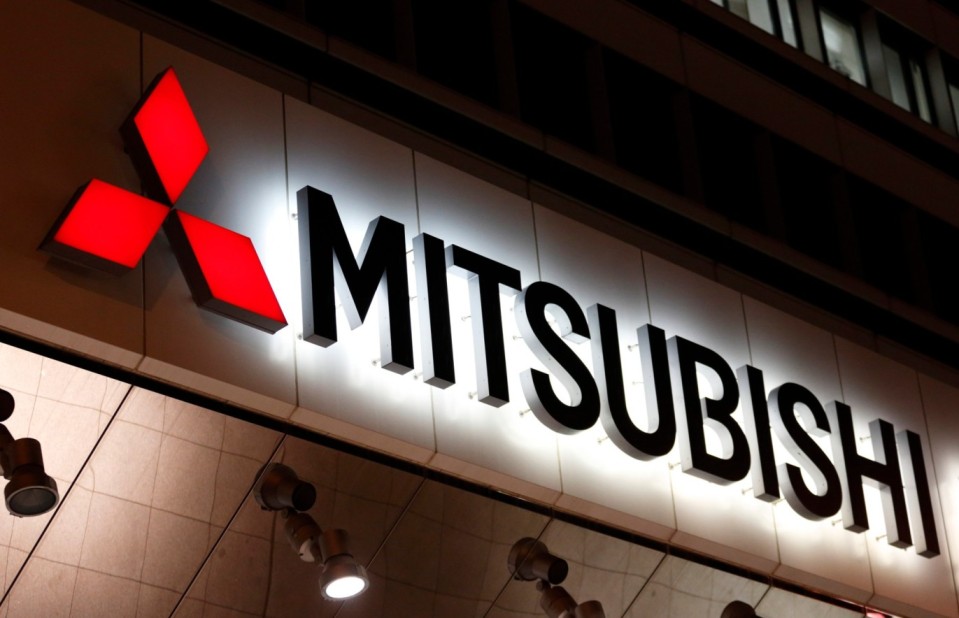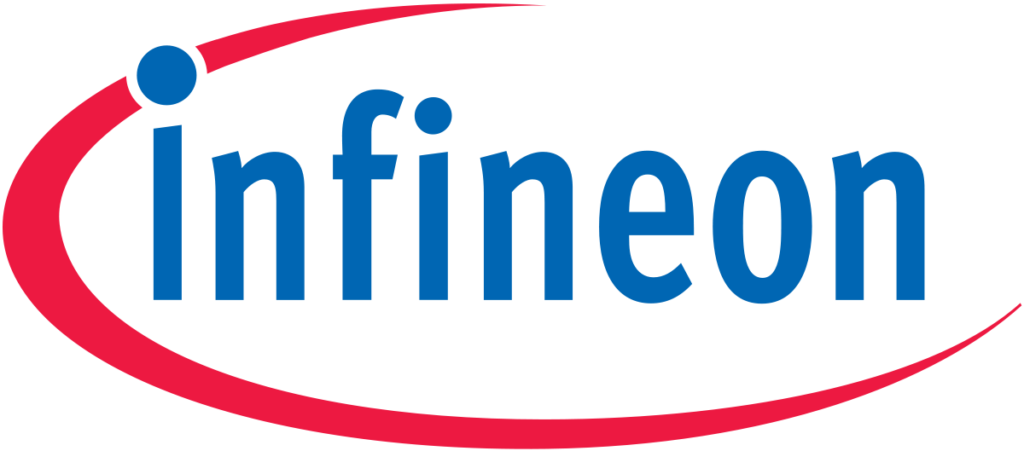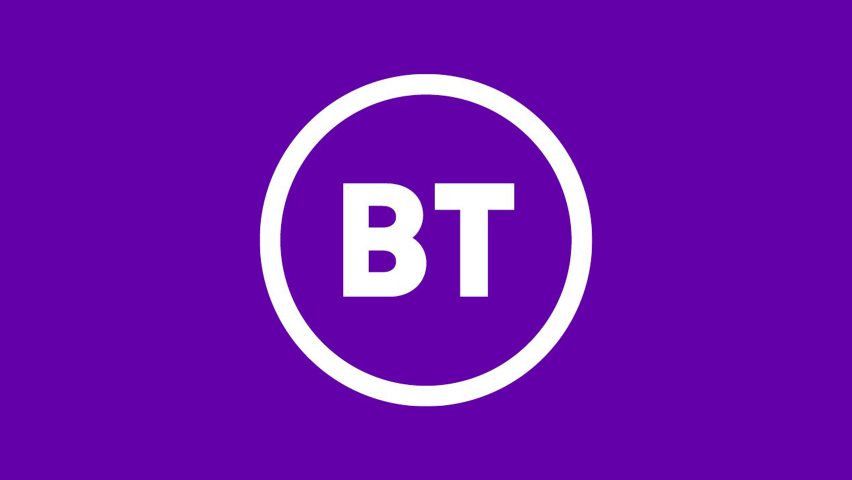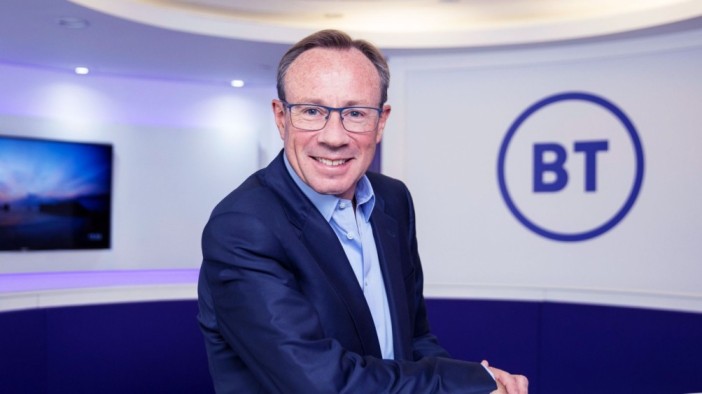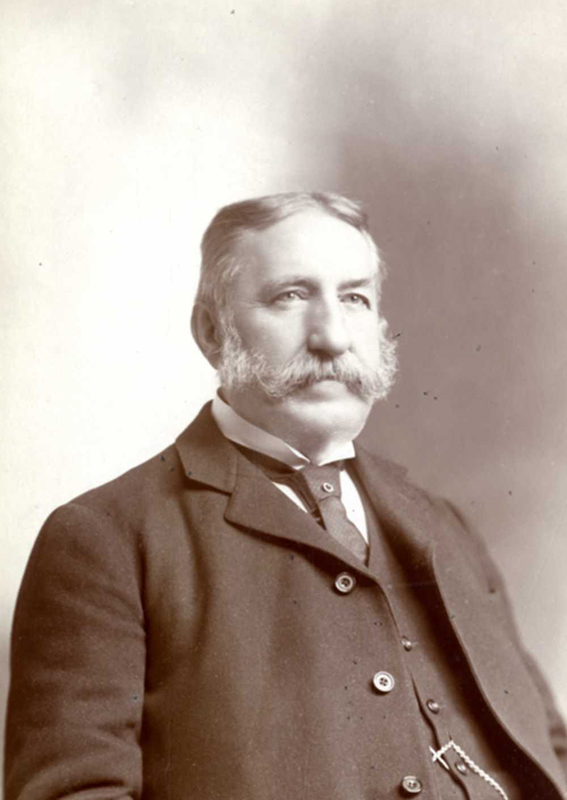SK Hynix: The Second-largest Memory Chipmaker in the World
South Korea is known for its innovative and advanced technologies. There are several companies from South Korea making big in the technology industry. SK Hynix of South Korea is the third-largest semiconductor company and the second-largest chipmaker in the world. The company, with its innovation, has given the world multiple discoveries in the field of semiconductor and memory chips.
A Brief Introduction
SK Hynix is the world’s largest provider of dynamic random-access memory (DRAM) and flashes memory chips. The company headquarters in Icheon, South Korea, and its worldwide customer list includes Apple, HP Inc., Dell, etc. Hynix’s memory products are used in DVD players, mobile phones, set-top boxes, networking equipment, hard disk drives, etc. The company has its manufacturing units in various countries, including the US, Taiwan, and China. As of 2016, 22,254 are working at Hynix, and the total recorded revenue of the company as of 2018 was US$35.27 billion.
History and Formation of SK Hynix
Though the company was founded on 1 October 1949, it became famous only after it was rebranded in 1983. The company started its journey as Gukdo in 1949 and got a new name, i.e., Hyundai Electronics Industries Co. Ltd. in 1983. There was mass production of 256K DRAM in the company, and it also started to produce the Multifunctional Phone LX-2 in 1985. The company partnered with IBM to establish a PC sales agency and entered the US with the establishment of the US corporation (HEA).
In 1986, other than its B2B clients, Hyundai started to focus on B2C clients through its Hyundai Blue Chip PC. The company was manufacturing the car radios, developed CMOS type 256K EPROM, and also started the production of a key phone-based private switchboard, PABXHX50. The company developed the 4th generation switchboard HX-400 in 1987 and partnered with MOS Electronic Co. to develop the 256K SRAM. It also launched a satellite broadcasting receiver during the same time. In 1988, Hyundai came with the automatic answering machine and established its European corporation, HEE. At that time, it was at the top in the export of PCs in South Korea.
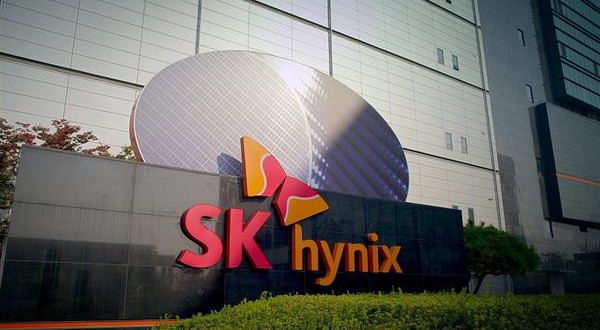
Hyundai became the first company to export PCs to Japan in 1989. It also developed the 256K Fast SRAM in the same year. It was the 20th largest company in the semiconductor market in the world. In 1990, the company was mass-producing cameras and started to export them to the US. Along with that, it established the HEA Semiconductor and Computer R&D Center and also started to develop bps Pagers and 1M DRAM, becoming the first company in Korea to do that.
Hyundai developed the smallest and the lightest mobile phone in South Korea in 1991. The company also entered the Singapore market in the same year by establishing the Singapore corporation (HES) which was into 486 PC production. The next year, the company came with G4 FAX, a private switchboard HNT-832, built-in car audio systems, and completed the construction of FAB 2 B-Line. By the mid-90s, Hyundai had become the major supplier of semiconductor devices, car-audio, telecom products manufacturer, and provider of monitor & terminal category products. The company acquired Maxtor (US HDD manufacturer) and also developed the CD autochanger in 1993.
Hyundai is credited for the development of the world’s first MPEG-2 SAVI decoder chip and the world’s first 256M SRAM. In 1996, Hyundai had its first IPO on the Korea Stock Exchange. It also developed the world’s first Synclink DRAM test product and 1G synchronous DRAM using SOI technology. Hyundai acquired a large stockholder’s share of LG Semiconductor and merged into LG’s LG Electronics division in 1999.
In 2000, there was a spin-off in the company, forming Hyundai Image Quest, Hyundai Autonet, and Hyundai Calibration & Certification Technologies. Hyundai Electronics was rebranded as Hynix Semiconductor Inc. in 2001, after another spin-off from the Hyundai Group. In 2006, Hynix recorded its highest revenues since the formation of the Hyundai Group.
In 2010, Hynix partnered with HP for the development of Next Generation Memory Products, ReRAM. SK Group of South Korea acquired a 21.05% stake in Hynix in 2012, and the company started to operate as SK Hynix. The acquisition has been great for the growth of SK Hynix.
The CEO: Lee Seok-Hee
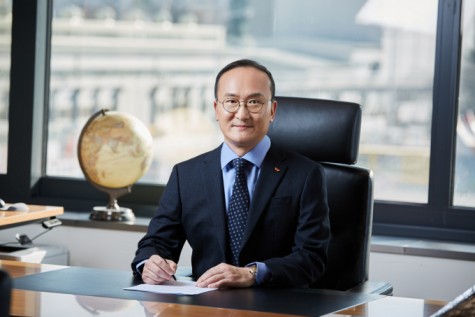
Lee Seok-Hee is serving as the President and CEO, SK Hynix Inc since 2018. He became a member of the board of the company in 2017. Lee did his graduation and post-graduation from Seoul National University and went for further studies at Stanford University to complete a Ph.D.

Yashica is a Software Engineer turned Content Writer, who loves to write on social causes and expertise in writing technical stuff. She loves to watch movies and explore new places. She believes that you need to live once before you die. So experimenting with her life and career choices, she is trying to live her life to the fullest.

